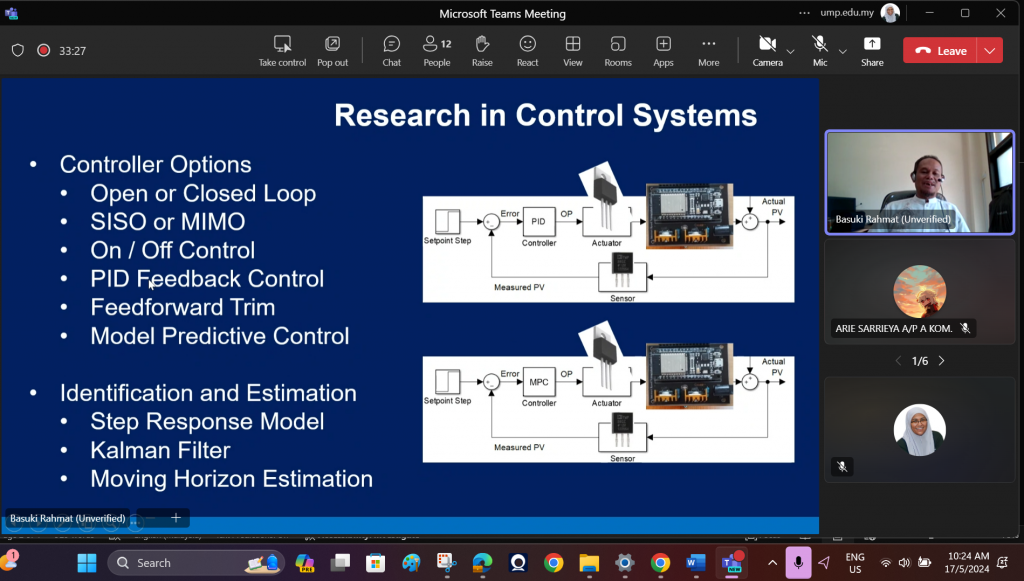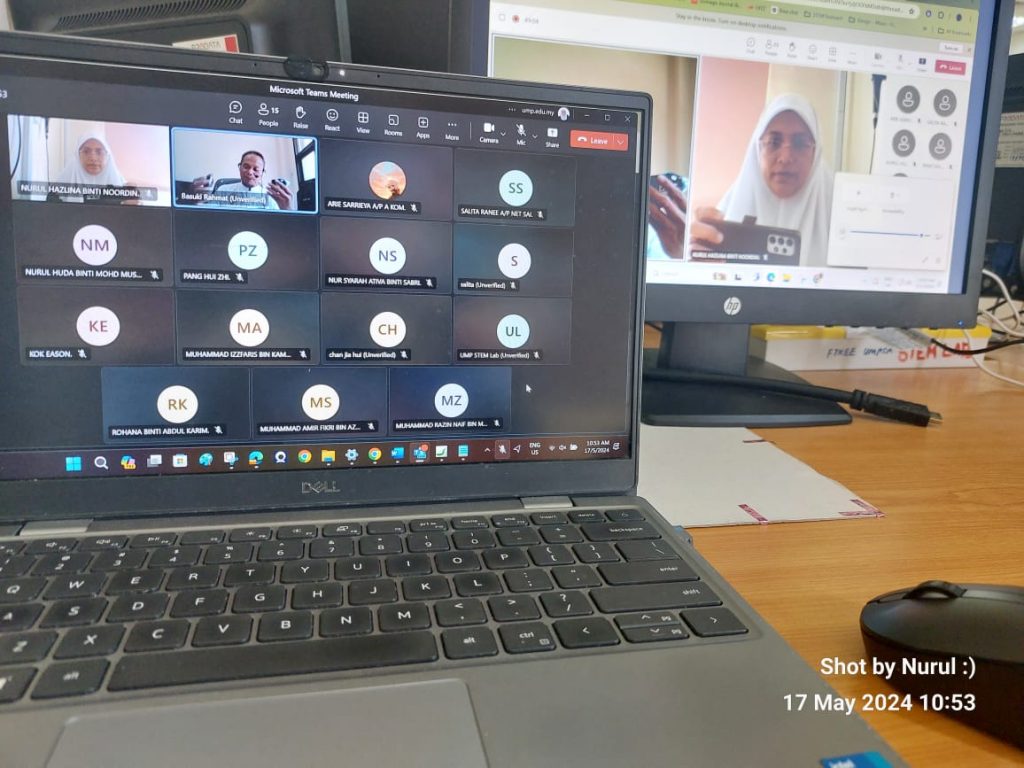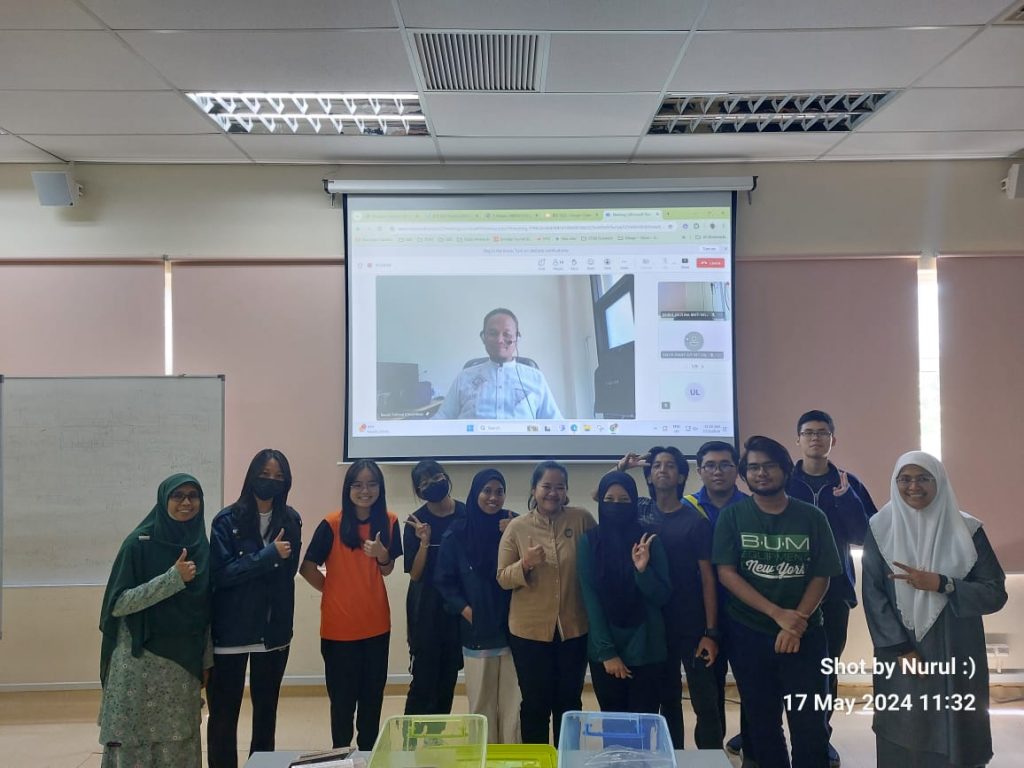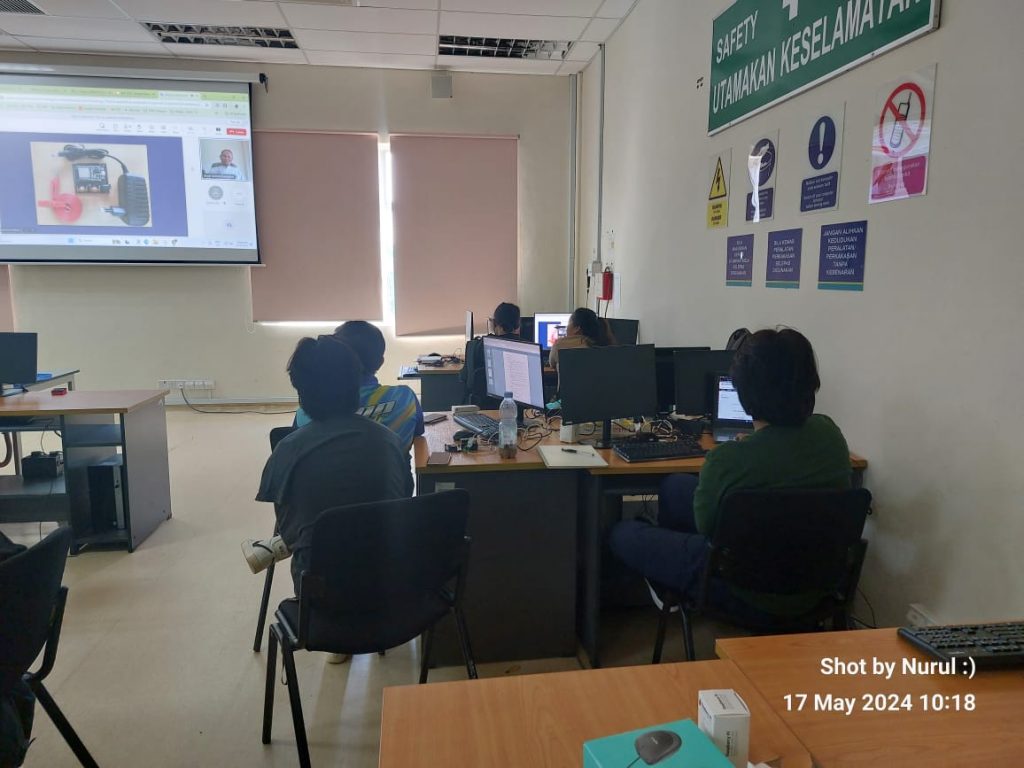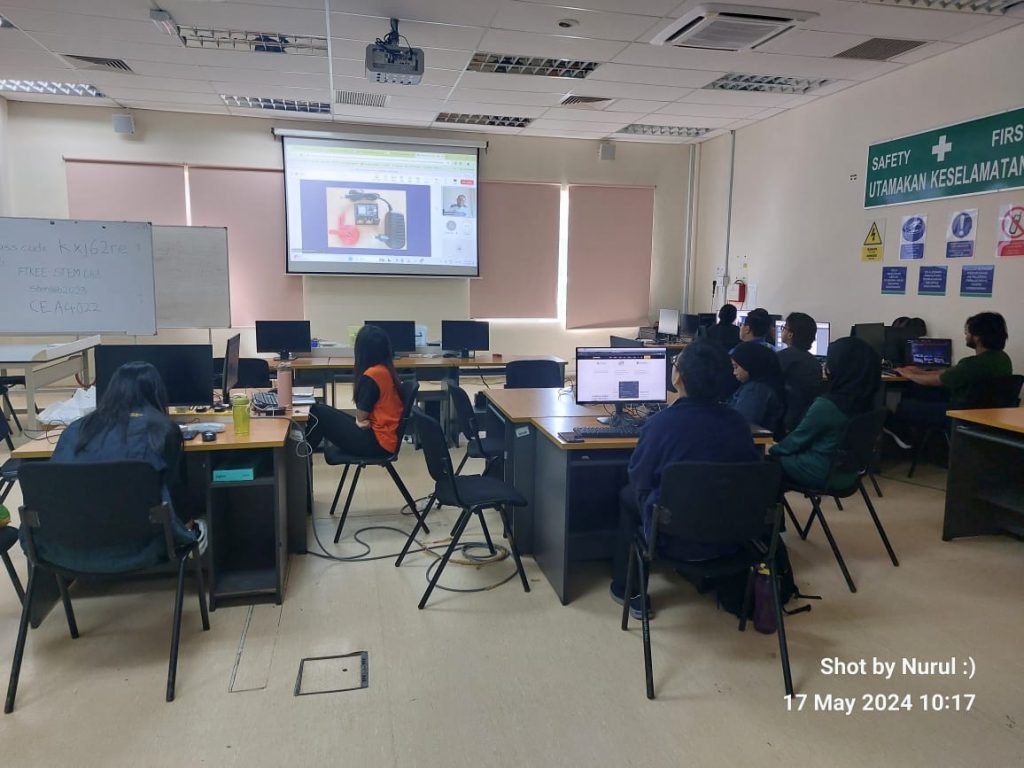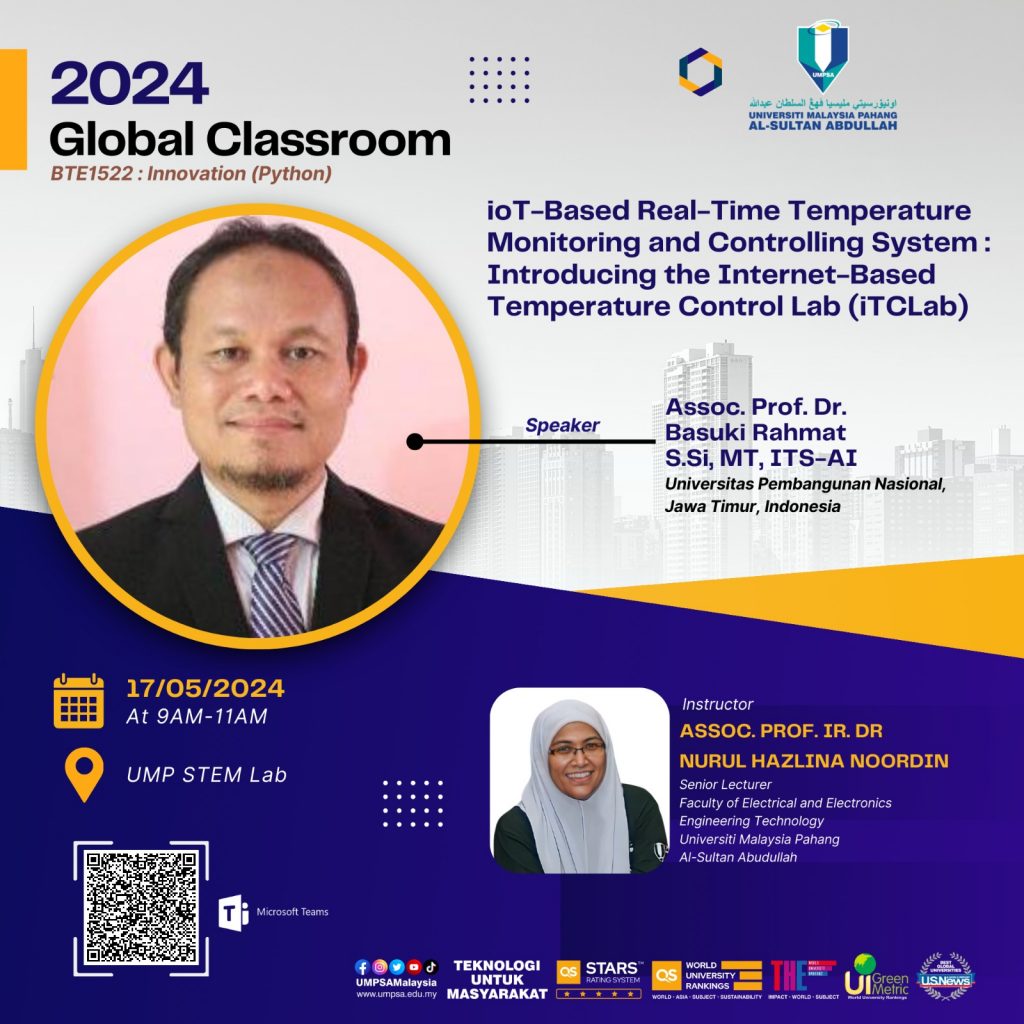
Today’s global classroom session was an honor as I had the privilege of hosting Dr. Basuki Rahmat from Universitas Pembangunan Nasional “Veteran” Jawa Timur. Dr. Basuki’s expertise in IoT-Based Real-Time Temperature Monitoring and Controlling System, particularly the introduction of the Internet-Based Temperature Control Lab (iTCLab), enriched our learning experience and provided valuable insights into the subject matter.
Here’s a recap of today’s session:
- Navigating IoT Platform Selection – Choosing the right IoT platform is crucial for ensuring smooth data transmission, scalability, and compatibility with existing systems. This highlights the importance of evaluating different platforms based on factors like ease of integration, security features, data analytics capabilities, and support for industry standards.
- Crafting Robust IoT-Based Temperature Monitoring Systems – Designing an IoT-based temperature monitoring and control system requires careful consideration of various factors, including sensor selection, data transmission protocols, and remote control interfaces. This underscores the significance of robust system design to meet specific application requirements while maintaining reliability and efficiency.Understanding Digital PID Controllers and Input Limits:In IoT-based temperature control systems, understanding the limitations of digital PID controllers in receiving input is crucial. This underscores the importance of comprehending the operational characteristics and limitations of PID controllers to optimize system performance and ensure stability. By understanding how PID controllers operate and their impact on temperature control, students can effectively tune parameters and address input limitations for enhanced system efficiency.
- Exploring Applications of iTCLab Temperature Monitoring Systems – The iTCLab temperature monitoring and control system offers versatile applications across various industries, including manufacturing, agriculture, healthcare, and environmental monitoring. Recognizing the system’s ability to provide precise temperature control for quality assurance, process optimization, and regulatory compliance empowers students to envision innovative solutions tailored to specific industry needs.
- Optimizing MQTT for Low-Power Devices – Acknowledging the importance of energy efficiency and resource optimization in IoT deployments, optimizing MQTT for low-power devices involves minimizing data overhead, reducing transmission frequency, and implementing power-saving techniques. By mastering MQTT optimization techniques, students can design efficient and sustainable IoT solutions for diverse applications.
Today’s global classroom session gives a valuable insights into the IoT-based real-time temperature monitoring and controlling system, focusing on the technological advancements, challenges, and opportunities in the field.
The interactive discussions and active participations from students highlighted the diverse applications, design considerations, and optimization strategies relevant to IoT deployments.
I look forward to such collaborative learning environments and engage in knowledge-sharing initiatives to drive innovation and address real-world challenges effectively.


